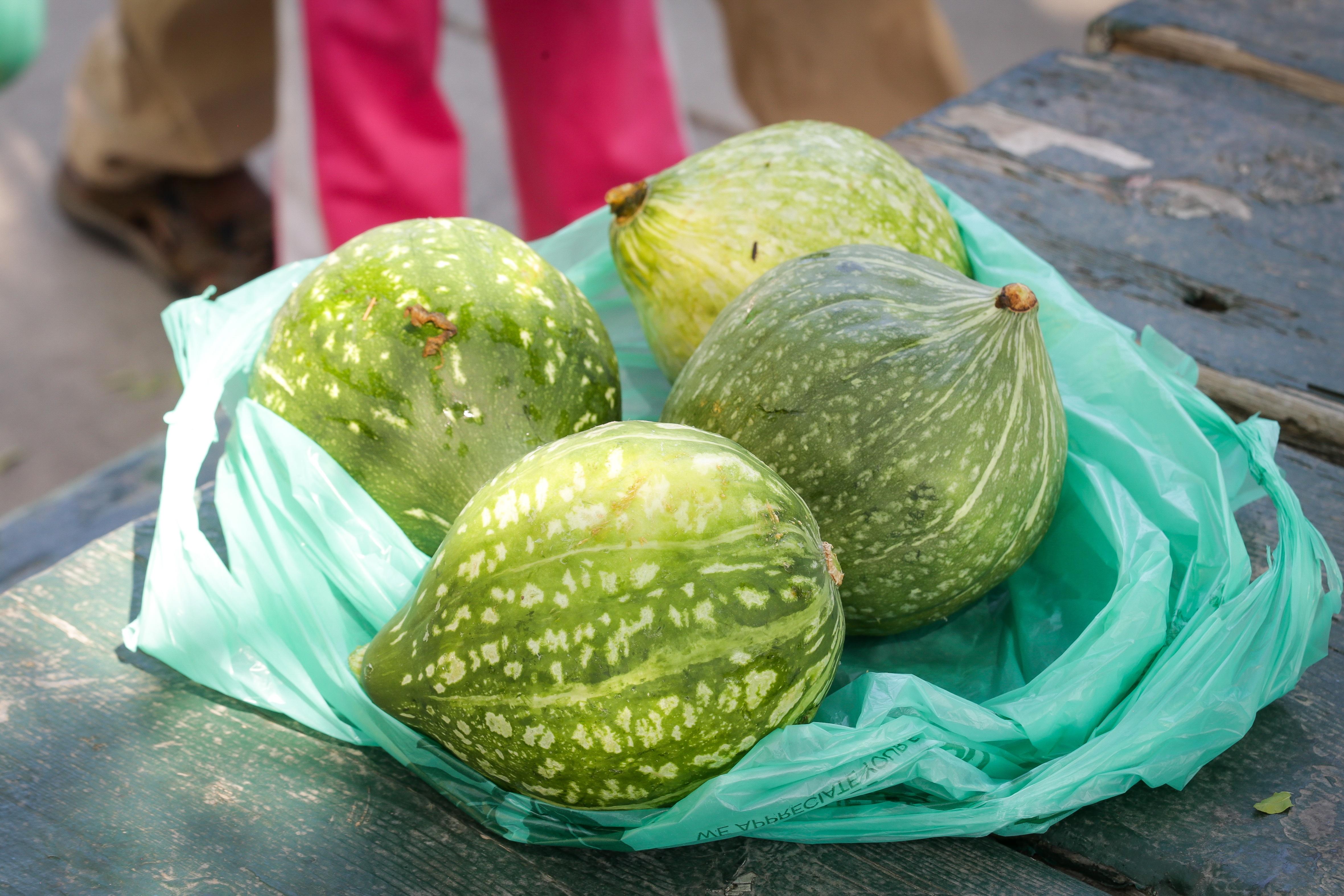We are thrilled to be partnering again this year with Wasatch Community Gardens on a virtual version of their 2021 Urban Garden and Farm Tour. In this special series of videos, we’ll be showcasing some creative, experimental and downright beautiful urban gardens and farms in the Salt Lake City community. Come with us as we take a virtual peek over the fence into our neighbors’ backyards!
New Roots Community Gardens
Our last stop on our Urban Garden and Farm Tour is at Harmony Park Garden, a community garden for both Wasatch Community Gardens and New Roots gardeners. Gopal, a New Roots gardener, gives us a tour of his garden plot, while New Roots Community Garden Specialist, Sierra Govett, tells us about the New Roots program.
New Roots is a project of Salt Lake City’s International Rescue Committee (IRC), a non-profit organization that provides assistance and resources to refugees in helping them resettle and thrive in their new home and communities. New Roots is a food and land access program for refugees and new Americans. The goal is to nurture and cultivate nutritious foods and cultural heritage, while providing farm and garden access, garden resources and assistance, as well as fresh, organic food sources to refugee families and communities.
Check out the video below to take a peek into Gopal’s deliciously intriguing garden plot as he shows us what he likes to grow and what he does with these mealtime staples. Also learn more about the successful New Roots program!


















